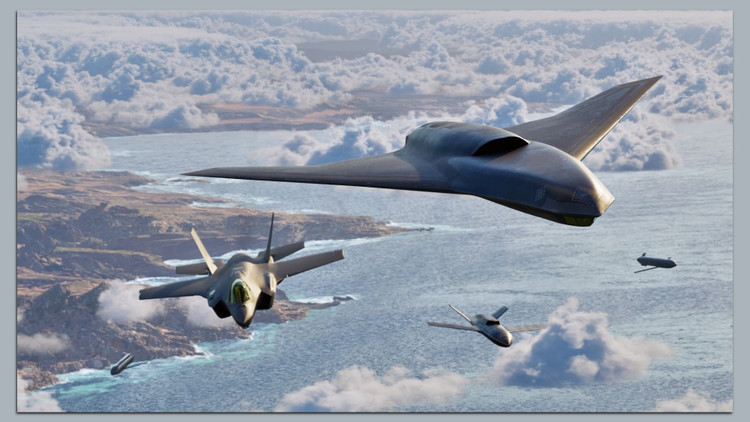
Lockheed Martin’s renowned Skunk Works Advanced Projects division has revealed a new, more advanced stealth drone in the Joint Combat Aircraft (CCA) class, called the Vectis. The drone is designed to be highly adaptable to the requirements of a remote operator.
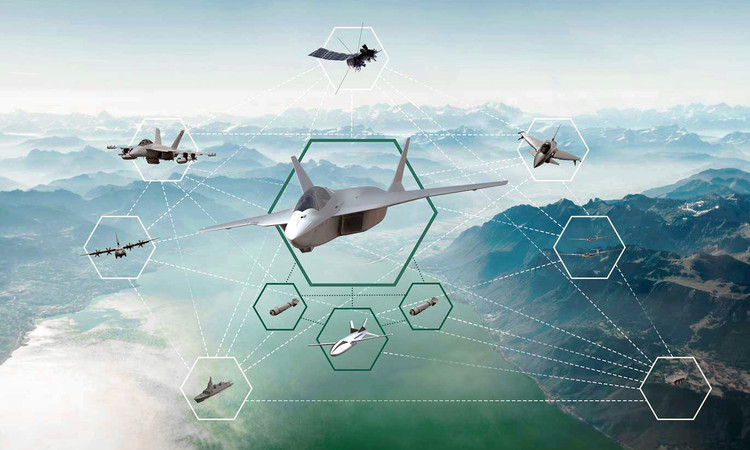
The Vectis is said to be a follow-up to Skunk Works' successful "gold-plated" high-altitude stealth aircraft project for the first phase of the US Air Force's CCA program, but still places a distinct emphasis on survivability compared to other designs the unit is testing. Skunk Works describes it as the product of a broader development philosophy it has adopted, called the Agile Drone Framework.
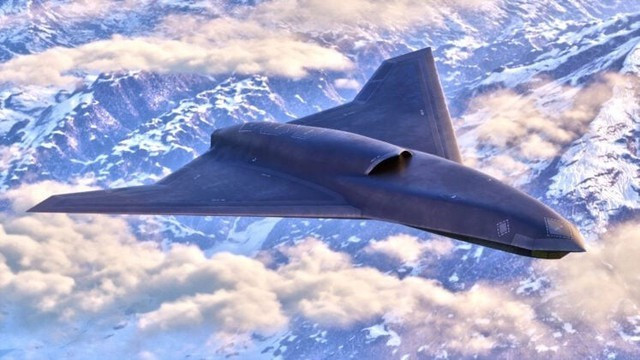
By the US Air Force's definition, Group 5 unmanned aircraft systems are the largest and most powerful, which can include any drone with a maximum takeoff weight of 1,320 pounds or more and able to fly at altitudes of 18,000 feet (about 5,400 meters) or higher.
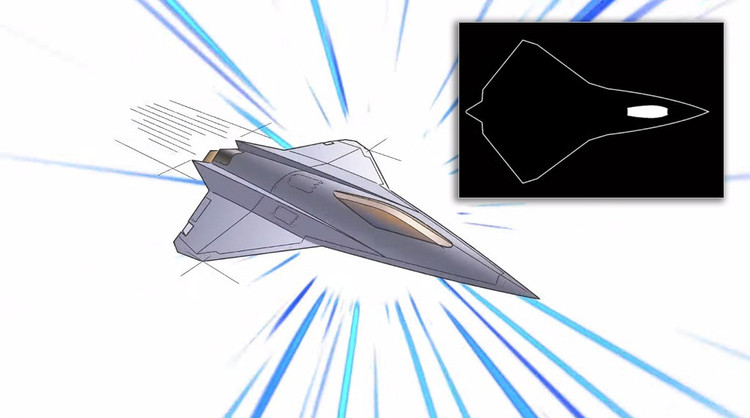
Skunk Works' Vectis sketch shows a tailless drone with lambda wings and a top-mounted air intake. There's a prominent ridge around the front of the fuselage and a scoop-like shape at the nose, as well as multiple conformal antennas and/or sensor apertures, all suggesting stealth (stealth) design considerations.
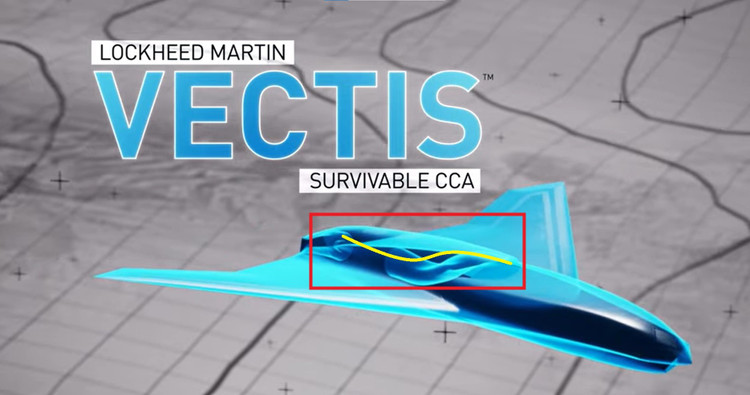
A short promotional video , also showing a cross-section view, shows an S-shaped duct behind the air intake and exhaust covers, features that benefit radar cross-section and infrared signature.

OJ Sanchez, Lockheed Martin Vice President and General Manager of Skunk Works, said that the Vectis is still dependent on runways in its "current version". However, in the introduced images, its landing gear configuration has not been revealed.
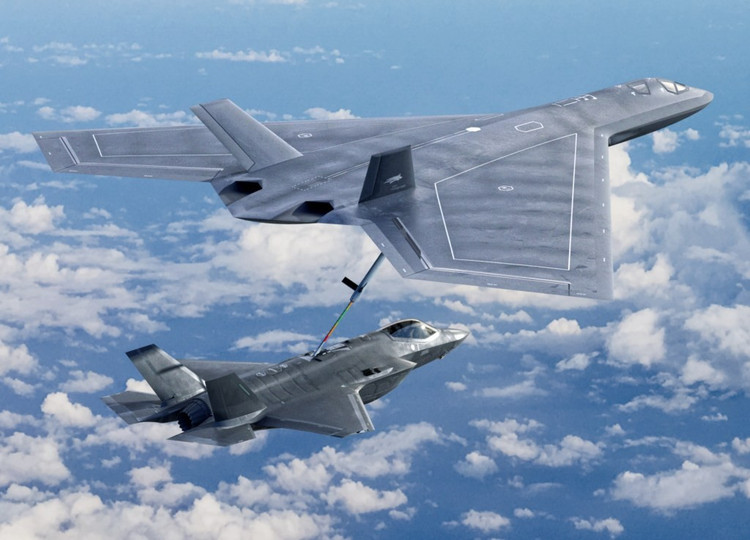
The core design of the Vectis is, in some ways, interestingly reminiscent of the stealthy aerial refueling tanker concept that Skunk Works first revealed last year. That aircraft was a much larger design, suited to its intended mission, with heavily swept wings that had some lambda-like characteristics, along with two small, outward-facing vertical tails.
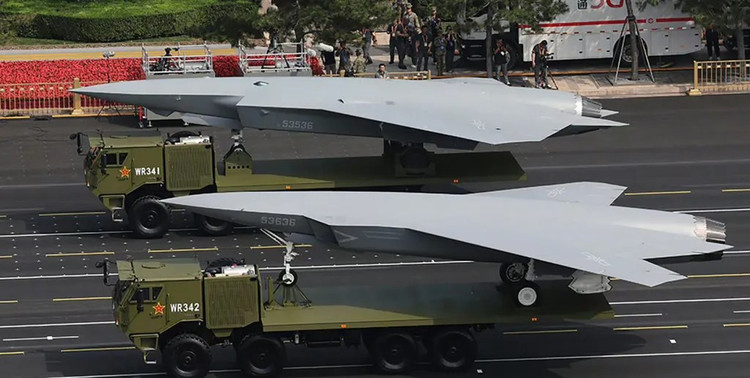
In recent years there has been a significant increase in the number of new manned and unmanned tactical aircraft designs with lambda or at least lambda-like shapes. Even China and Russia have similar drone designs.
Source: https://khoahocdoisong.vn/vectis-uav-tang-hinh-da-nhiem-mo-ra-tuong-lai-chien-tranh-tren-khong-post2149056021.html




![[Photo] Binh Trieu 1 Bridge has been completed, raised by 1.1m, and will open to traffic at the end of November.](https://vphoto.vietnam.vn/thumb/1200x675/vietnam/resource/IMAGE/2025/10/2/a6549e2a3b5848a1ba76a1ded6141fae)





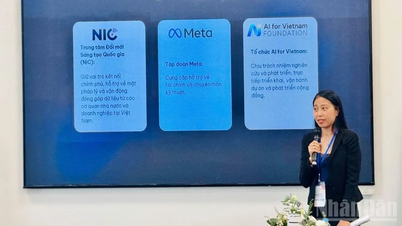












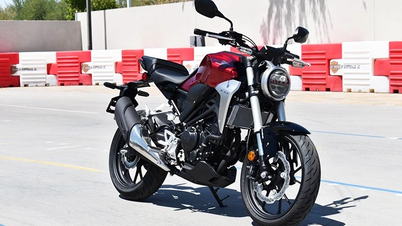





































































Comment (0)